How Jony Ive's design passion made Apple what it is today
Jony Ive led the team that built the iPhone, but he also personally designed and built some of Apple's greatest products — and it's through those that we can see the man behind the designer.
Fittingly for a man known to obsess with details, there is a symmetry to how Jony Ive is leaving Apple in the same way he joined it. He's now formed a small studio company which will have Apple as its client. But right back at the start of his career, he worked for a small studio company which had Apple as a client.
That company was a UK one called Tangerine and Ive joined it after graduating from Newcastle Polytechnic, now the University of Northumbria at Newcastle, but he didn't go there immediately. Instead, he spent some weeks in America, including meeting designer Robert Brunner and showing him a phone model he'd designed.
Ive returned to the UK and working for the startup Tangerine, while Brunner was hired by Apple. It's really Brunner who transformed Apple's design team that Ive would end up running. It was Brunner who recruited a consciously small team that included Ive from 1992.
Teamwork
It's easy to say that Jony Ive designed the iPhone, the iPad, the Apple Watch, and a dozen other incredibly important products — and it's also true. However, it's not the complete story and the longer Ive was at Apple, the more the lines blurred between what he thought of and what he and his team did.
However, there are certain products and specific parts of products that were definitely Ive's and, often, Ive's alone. Some are as small as you can get — he pushed for stainless steel screws in the G4 Mac — but others are much bigger.
They're even surprisingly bigger. According to Leander Kahney's absorbing biography of Jony Ive, the very first product he worked on was a redesign of the Newton MessagePad.
Redesigning the Newton
"The problem with the first Newton was that it didn't relate to people's everyday lives," Ive told Paul Kunkel, author of Appledesign: The Work of the Apple Industrial Design Group. "It didn't offer a metaphor that users could grasp."
It was the first example of Ive's focus on how products would actually be used. And the very first detail of that was the Newton MessagePad 100's lid. "It's the first thing you see and the first thing you interact with," he said. "Before you can turn the product on, you must first open the lid. I wanted that moment to be special."
This was also an example of his practicality — he designed the new lid to fix the original Newton's problem that the lid blocked expansion cards — and his awareness of global and cultural issues. To open the new MessagePad, you had to flip the lid up over over the top of the machine, like opening a spiral-bound paper notebook.
"Pushing the lid up and around the back was important because the action is not culturally specific," he continued. "Folding the lid to the side, like a book, created problems because people in Europe and the U.S. would want to open it on the left whereas people in Japan would want to open it on the right. To accommodate everyone, I decided the lid would have to open straight up."
Monitoring
This revamped MessagePad was a success in terms of design and use, but it didn't turn the Newton into a success. Although in 2013, one of Ive's prototypes sold on eBay for $1,350.
Around this time, in the early 1990s, Ive was also looking at the small details on larger products. He pushed for Apple to build monitors in a new way — and he met resistance.
Changing manufacturing is expensive but Ive was persistent and mounted arguments that covered financial as well as technical and design issues. And eventually Apple agreed. From then on, it moved to a new system of making CRT monitors that let the same factories build them in different sizes and assemble them more efficiently.
So even this early in his career, even before Brunner left and Ive took over the Design Group, he was conscious of how products fitted with the manufacturing and the financial requirements of Apple.
And it seems he didn't like what he found. This was back when Apple was in ever-increasing trouble and had ever-decreasing money. Ive reportedly looked to leave the company on many different occasions.
Steve Jobs came back to the company following Apple's purchase of NeXT in 1996, and it was his meeting Ive that led to the iMac. There was just one other machine to design first.
Twentieth Anniversary Mac
The Twentieth Anniversary Mac was Jony Ive's design. It began with Brunner proposing what he called Project Pomona, a proposal for a Mac that would shed the CRT monitor in favor of a PowerBook-like flat screen.
All of Apple's design group designers worked to design something to fit Project Pomona, and so did some external firms. The one that won was originally jointly proposed by Jony Ive and Danielle De Iuliiss, who is best known now for the Mac Color Classic from 1993.
Ive and De Iuliiss called their idea the "Domesticated Mac," and it was specifically meant to change computers from a business tool to one for everybody.
The result was a radical new Mac which looked fantastic, which still has a touch of modernity about it today, but which proved to be a misstep. The vertical design looked great but introduced physical and technical problems. And the price meant few would ever be sold.
That did lead, however, to the notions that lay behind the original iMac. There was certainly an intention to make a more affordable Mac. But there was also the sense that Apple should let the engineering technology work alongside the design, rather than have either side try to dominate the other.
Enter the iMac
Today it's easy to see that it was the iPhone and, before that, the iPod which propelled Apple into the extraordinary success it is. However, it was the iMac that made all of this possible. It was the iMac that turned Apple around. And it was the iMac that Jony Ive designed.
This is where it starts to get very fuzzy over who did what, though. While it's known that the iMac was Ive's creation, we also know that it was Steve Jobs who wanted to shed the floppy drive. We know that the egg-like shape of the original iMac was the idea of Apple designer Doug Satzger.
However, Ive says it was he who put the computer's ports on the side instead of around the back. And, while we now wouldn't exactly regard this as his best work, it was Ive who designed that iMac's round, hockey puck-shaped transparent mouse.
Exit the iMac
That original bulbous iMac was revolutionary and it, plus the similarly-designed iBook that followed, were ignition for Apple as we now know it, Ive didn't leave them alone. Neither he nor his design team just carried on iterating new colors and faster specifications for future models of the iMac.
Instead, they ditched the entire design as apparently readily as they would later kill off immensely popular iPod models in favor of ones they believed were better.
In this case, Ive was reportedly in Jobs's garden when he saw a sunflower. Maybe that's too simple a story to be true, but he did replace the iMac with the swivel-screen, flat-display model.
It was an example of Ive's willingness to move on. Not only did he ditch the astoundingly successful original iMac's design, but he was even ditching his own CRT monitor designs that he had initially had to fight Apple to make.
That was in 2002, and in 2003, he was back looking at lids. This is one of the last times that we can precisely credit a design feature to Ive alone, and it was to do with the lid of the 17in Titanium PowerBook G4.
He designed the internal frame of the whole machine and created the new mechanism that meant you could open the lid of this enormous machine one-handed.
And the rest
By 2004, Ive was leading a team that was building yet another complete revision of the iMac. He was leading a team that was working on what would eventually become the iPad — and he lead the team that first turned that into the iPhone.
Away from Apple, he was designing for charity as an individual. By 2013, he was designing a Leica camera and his one-off model sold for a world-record price.
Significantly, Ive also designed a Jaeger-LeCoultre sports watch.
Apple Watch out
The Apple Watch is unquestionably the work of the company's entire design team, but Ive not only led it, he was far more of a watch fan than, say, Tim Cook or even Steve Jobs.
It appears that he pushed for the expensive, fashionable models of the Watch which Apple later dropped, however.
And as news of his leaving Apple came out, so did details of other design work that hadn't flown at the company.
Apart from perhaps that original Newton MessagePad 110, there has not been a single Apple product that Ive worked on which did not go through many iterations. Not one that didn't have false starts. And we could presume that there were many which were abandoned.
Now we know that for sure.
The future is history
Reportedly, Steve Jobs was not kidding when he told his biographer that Apple had cracked the problem of making television sets better and far less complex.
Jony Ive and his team not only designed an actual TV set, as opposed to the Apple TV set top box, but they had one built.
It never shipped. And, so far, neither has Ive's idea for a self-driving car that featured no steering wheel.
Maybe Ive will continue to contribute to Apple's Project Titan car work from his new company. Certainly, he's expected to be involved with Apple for years to come.
His handiwork is also going to shape the company because most of Apple's senior staff and certainly its design group, is now based in the Apple Park campus that he designed.
Apple Park is presumably the last major project Ive did for Apple, and it was also the last one that Steve Jobs worked on. The two created it, the two were the passionate forces behind it, and in 2015 Ive even stepped away from his other design roles to concentrate on Apple Park.
He later resumed his previous position, but in retrospect, perhaps this was also Apple and Ive beginning the process of handing over the design team to a new regime.
Keep up with AppleInsider by downloading the AppleInsider app for iOS, and follow us on YouTube, Twitter @appleinsider and Facebook for live, late-breaking coverage. You can also check out our official Instagram account for exclusive photos.
 William Gallagher
William Gallagher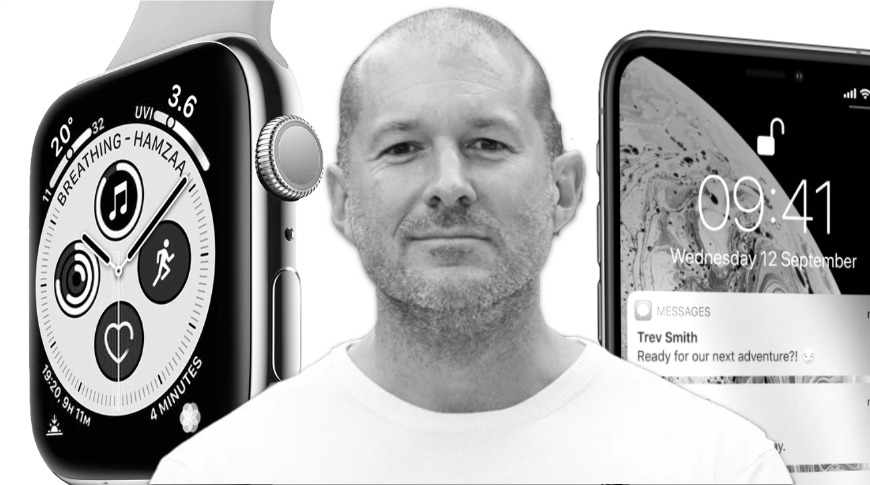
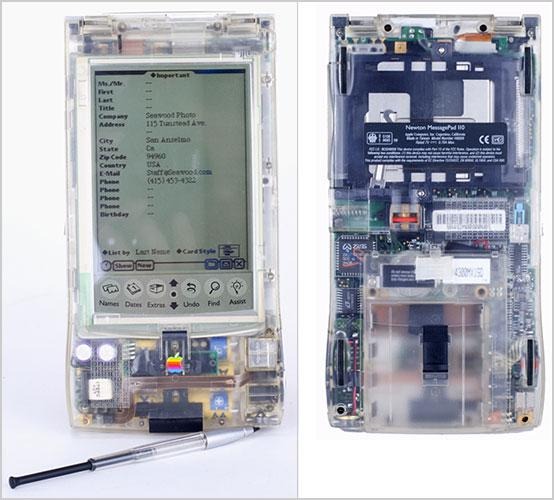



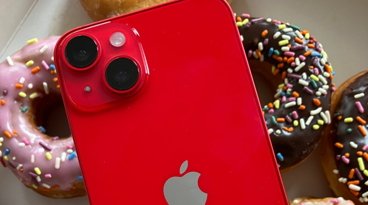










 Andrew Orr
Andrew Orr
 Malcolm Owen
Malcolm Owen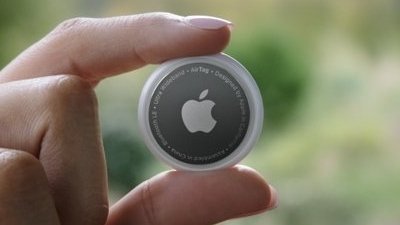
 Amber Neely
Amber Neely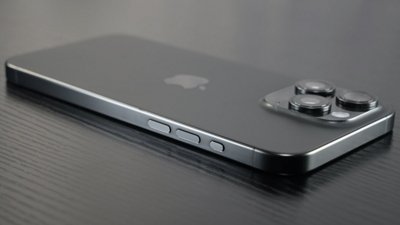

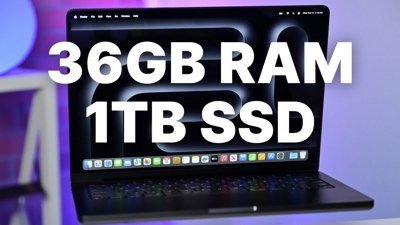
 Christine McKee
Christine McKee











37 Comments
Glad to see he'll still be working with Apple with his new company. I imagine all the designers under his leadership at Apple have all gleaned some knowlege from him to help with future products. Good for him!
Hopefully, Jony Ive's obsession with ever-thinner devices will go with him and allow future products to have larger batteries and better cooling.
Thanks for your passion, Jony, but now it's time for Apple to Think Different.